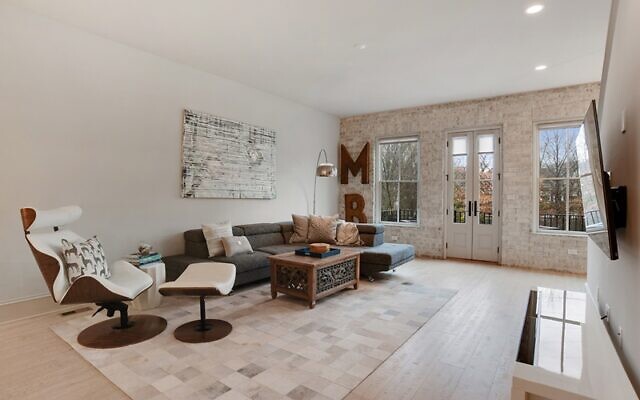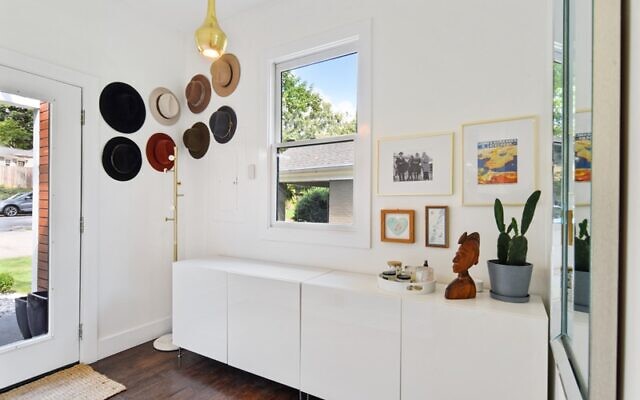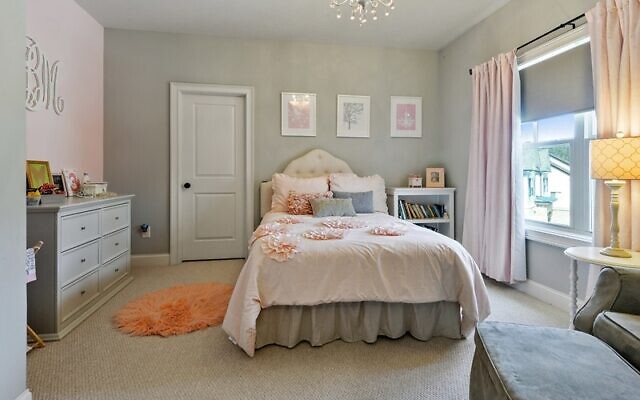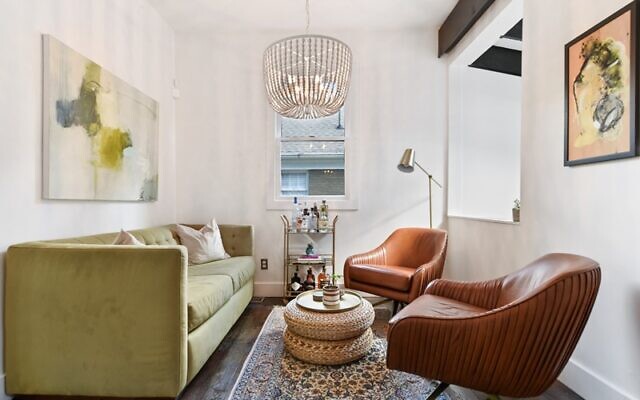How to Stage a Home
Local interior designer, Candi Miller, maps out trends for 2024 and step-by-step ways to make a house more sellable.
After 37 years with the Atlanta Journal-Constitution and now with the AJT, , Jaffe’s focus is lifestyle, art, dining, fashion, and community events with emphasis on Jewish movers and shakers.
Back in 1972, Barb Schwarz, a Washington state real estate agent, came up with the home “staging” concept — the advantages of expertly and visually preparing a home to make it more sellable and appealing, based on the quick impression potential buyers make.
Local stager Candi Miller couldn’t agree more and stated, “You have one chance to make a great first impression. It only takes buyers seven to 10 seconds to make the decision to look at your home, and home staging costs less than your first price reduction.”

Miller noted that, according to the Real Estate Staging Association, 73 percent of staged homes sell more quickly and at an increased selling price and staging a home can provide [up to] a 586 percent return on investment.
Also an interior designer, Miller grew up in Savannah and moved to Atlanta in 1995 to join the wine industry. After working 20 years with a distributor and then a California winery, she pursued her love for design and began Candi Miller staging + design in 2013, a full-service company specializing in occupied home staging, interior/exterior color consultations and design. She received certification by The Decorator Guild in home staging and redesign in 2014; and then in 2015 was certified as an interior/exterior color consultant.
Miller found that buyers view staged homes as being well-maintained. She continued, “As soon as you decide to make the commitment to sell a home, you need to think of your home as a product, one that you want to sell quickly and for top dollar. You want your home to stand out from the rest.”
Home staging is also important in today’s digital age where potential buyers often first turn to the Internet to shop for homes.

She continued, “Your photographs need to grab the attention of buyers at first glance. A staging is editing the home to appeal to a broad market. You want potential buyers to walk in and picture themselves living there.”
Staging can take anywhere from two to four hours depending on how much editing needs to be done. Before Miller arrives, she has the homeowners put away some personal belongings, photos, religious or controversial items, and replace any burned out or mismatched light bulbs (specifically with LED soft white bulbs).

Miller notes that each project is different but lists some basic things she executes in every home.
• Reduce clutter to make the house feel more organized.
• Remove excess furniture which may require renting a storage unit or moving to an attic or garage.
• Create good sight lines and flow from room to room.
• Decluttering closets is a great way to show off storage. Organizing clothes, removing items from floors and upper shelving.
• Remove kitchen counter items not used every day.
• Provide a neutral color palette as wall paint is a personal preference.
• The most important rooms for staging are the main living area, primary bedroom and kitchen.
In terms of cost, Miller labels professional staging as affordable. Sometimes, realtors will share the cost. Her experience is that bringing in a professional stager reduces stress and provides a clear picture of what needs to be done and how to do it. Miller motivates by saying, “Remember, staging your house is getting you one step closer to your new dream home!”

In addition to staging, Miller wears a designer “hat” and dove into design trends she sees for 2024, including:
• Bold hues like jewel tones
• Statement wallpaper and statement accent walls using millwork, color, or paper
• Organic and large scaled lighting
• Natural wood and statement tile
• Mixing metals. Brass is still in, and chrome and stainless steel are making their mark.
• Intimate dining areas
• Vintage furniture
• Sculptural art
• Customized secondary spaces like wet bars, coffee stations and sculleries
Bottom line per Miller: “Stay true to your style. No matter what the forecasters say, you can still infuse your own personal touches while staying current. Your home should tell your story, incorporating your personal treasures with a few modern touches. Your living space should feel fabulous and functional!”
Miller lives in Dunwoody with her two teenagers, loves “all things nature,” and attends Temple Emanu-El.




comments